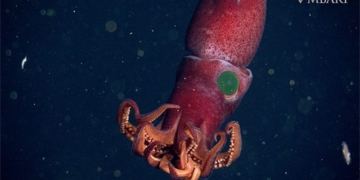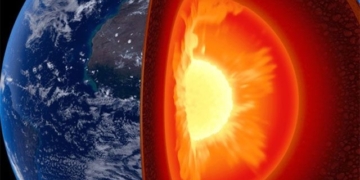Scientists may invent non-freezing cryopreservation technology to preserve corpses for centuries. Currently, terminal illnesses could be treated if humans are put into a “sleep” state through freezing and awaken once effective treatments are discovered.
Going back to the 1940s, researchers first introduced the concept of human cryopreservation. However, experiments on animals did not yield the desired results.
A group of Russian scientists has been working to develop effective cryonics and revival technology since the early 1990s. This scientific team, led by Academician V. Kovanov from the Russian Medical Institute, achieved some significant success.
A laboratory mouse was frozen and then gradually warmed up – the result was that the animal did not die throughout the experiment.
 |
| Humans can be frozen to wake up after 100 years (Image: english.pravda) |
Creating a non-freezing cryopreservation technique is indeed the most challenging aspect. Scientists invented about 300 cryoprotectants in the 1930s. However, these cryoprotectants could only prevent ice formation in individual cells, such as blood, kidneys, sperm, or small tissue samples, but could not penetrate the entire body – some areas remained unaffected.
The above research group disbanded in 1994 after Kovanov’s death. Subsequently, the leading scientist in Kovanov’s team, Pavel Scherbakov, gathered former colleagues to form a new research group.
V. Telpukhov, Professor of Surgery at the Sechenov Moscow Medical Institute, along with P. Scherbakov, pioneered the use of a mixture of inert gases instead of cryoprotectants. This mixture includes argon, krypton, and xenon. When frozen, these gases solidify like frozen fruit juice, forming a solid mass without sharp ice crystals.
A laboratory mouse was frozen in an inert gas environment at -196oC. The mouse was then thawed to 0oC. Ultimately, the heart of the mouse was transplanted into another mouse, and the result was that it began to beat again. This experiment was repeated 10 times.
Subsequently, Russian scientists registered their method of cryopreserving tissues and organs with the Russian Patent Office in January 2006. The “cryonaut” preserved in cryogenic conditions is the ultimate goal of the program. However, there is still a problem to solve: why could the entire mouse not be revived when its heart began beating again after a short period in liquid nitrogen?
According to Pavel Scherbakov, the inert gas bubbles are the greatest challenge currently. These bubbles will expand in the mouse’s blood vessels as the temperature rises to 0oC and beyond. The body will produce even more gas if helium is added to the gas mixture. The problem that needs to be addressed is the selection of gas mixture components, pressure, and warming rates.
However, investing in the program has faced legal obstacles in Europe, the United States, and Russia, which could complicate the freezing of human bodies at any time. Until these legal hurdles are resolved, researchers may only conduct a full anabiosis state on a mammal in the nearest future.
Trần Thanh Phong


















































